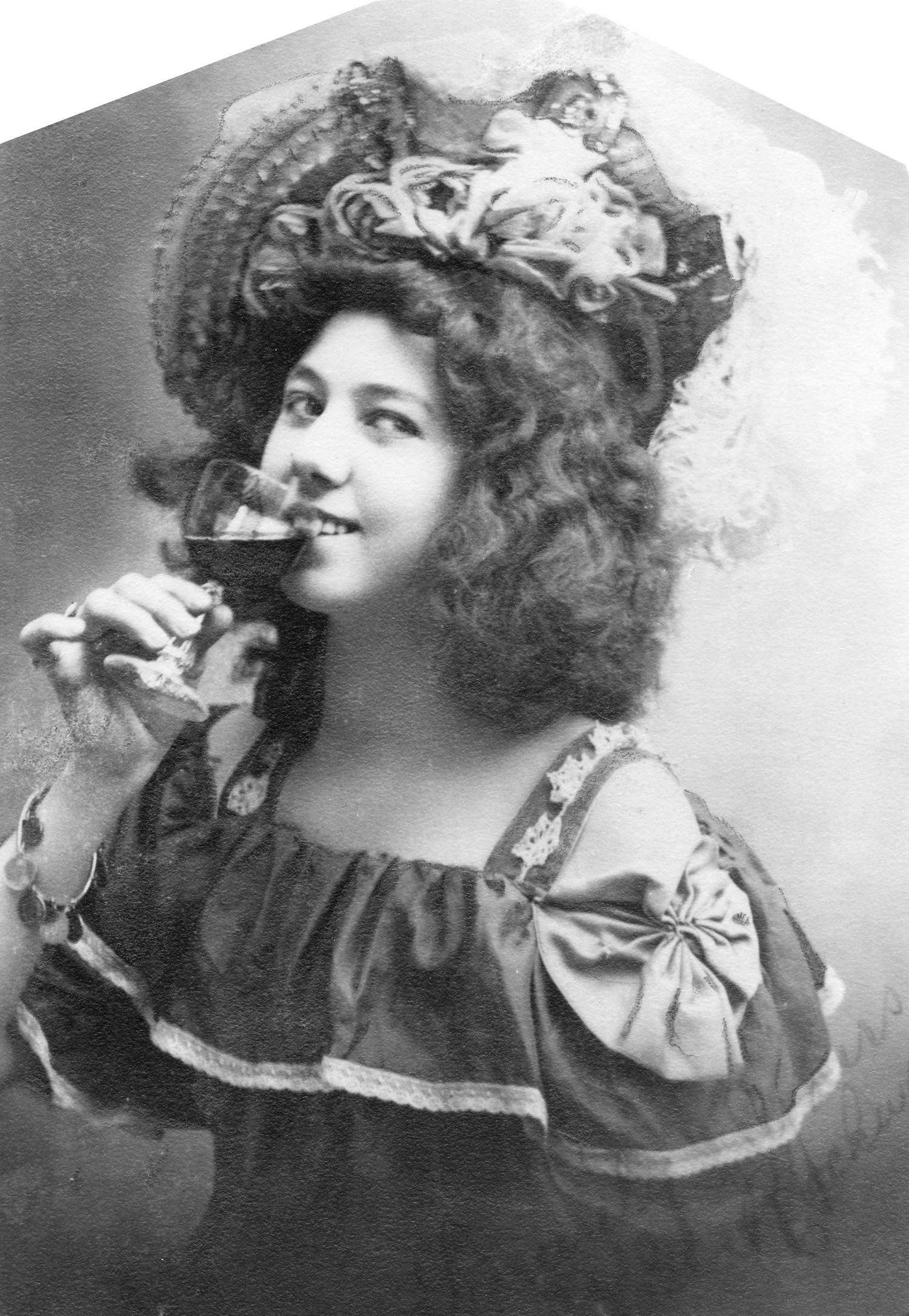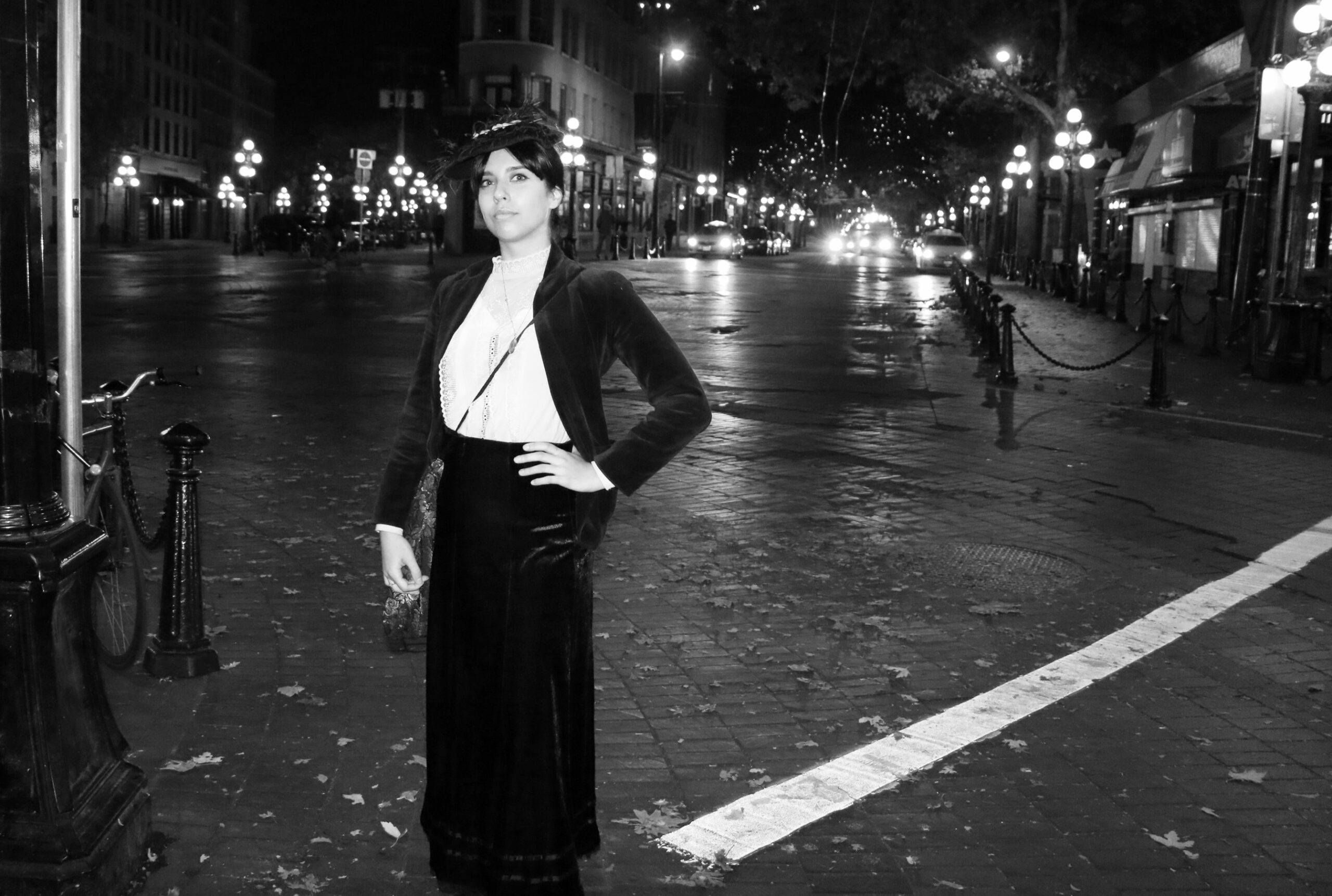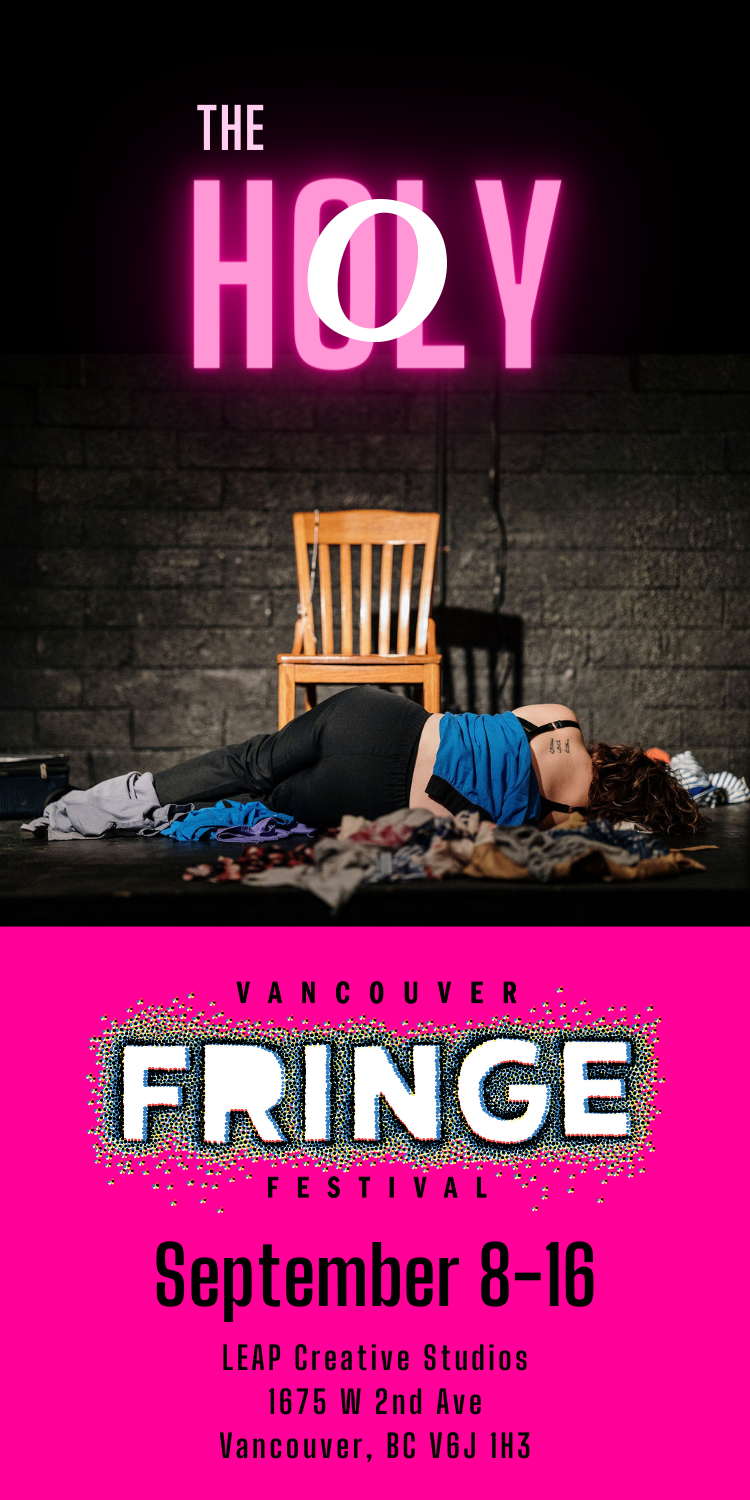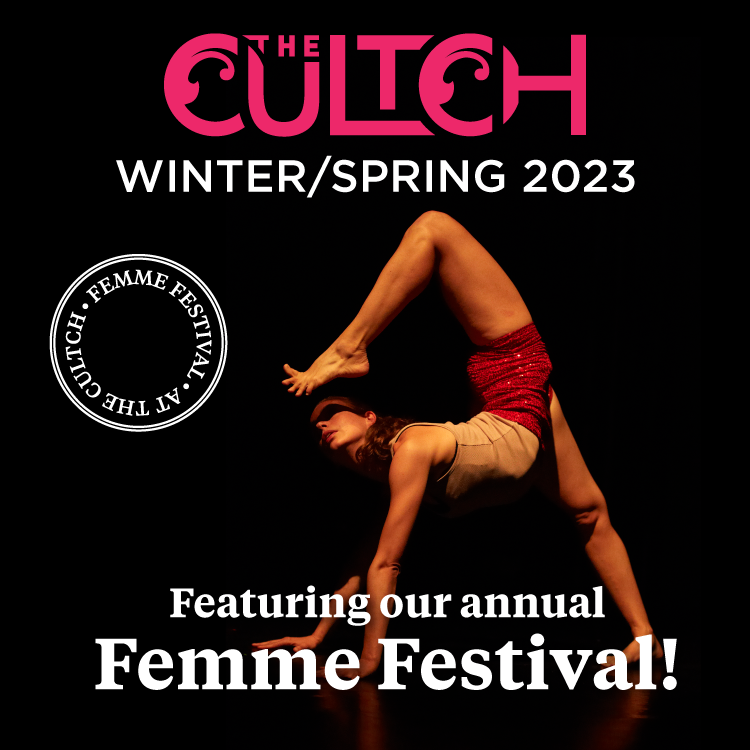By Abby Wiseman
@abbywiseman
It’s 8 o’clock on a Thursday and a group of 20 people form a circle in a dark square across from the Holy Rosary Cathedral. They all face inwards at their leader, a young woman wearing Victorian era clothing. This is not a cult, this is a historical tour put on by Forbidden Vancouver and tonight we are going to learn about the lost souls of Gastown, but mostly, we’re going to learn about how women ran this place in the 19th century.
Our guide, Tiffany Anderson, plays Sarah Bray, a typical young woman living in the Granville Townsite during the turn of the century. Although her character is fictitious, she plays it convincingly.
A few turns down alleyways and we wind up at the Victorian Hotel to be introduced to the formidable Klondike Kate who kept the men in town entertained with her vaudeville act. Born Kathleen Rockwell, Kate danced on stages from Oregon to the Klondike – hence her name – earning a considerable living. She was famous for doing a flame dance where she caught 200 feet of chiffon on fire and twirling it for the Sourdoughs – which is what the men of the gold rush were called.
Klondike Kate’s story was not all fun and flames. While touring Kate met a man by Alexander Pantagas who borrowed a considerable amount of money from her to open a theatre business. He strung her along for a while and then dumped her unceremoniously for a violinist in Seattle. Sarah produced the letter that ended things in the back parking lot of the Hotel. Klondike Kate was never the same, Sarah says, and eventually she disappeared from the stages of the Granville Townsite.
It takes a bit of imagination to picture Vancouver during the gold rush. Unlike many European historical tours where physical emblems of events are often left in tact, Vancouver has built over most of its historically important sites, or, the great fire of 1886 wiped out anything salvageable of the original townsite.
I hadn’t really thought much about the extent of the fire that razed Vancouver to ground, but while standing in Gastown listening to Sarah tell the story of the mother who tried to save her child by escaping into a well, only to suffocate on the smoke; or that people’s clothing literally burned off of them as they ran towards the waterfront. I had also never really thought about the devastation of smallpox and how quickly the illness traveled from one town to the next, wiping people out indiscriminately.
Although I put a lot of thought and imagination into the saloons, the rough whiskey drinking men and the bawdy houses that once made this city infamous, which brings our tour to Birdie Stewart, the first Madam of Vancouver. We learn about Birdie on the corner of Water Street and Abbot Street where her little white bawdie house once stood. The house long gone, the space is now a brick multi-story building with a high-end furniture store.
Birdie and her ladies were pivotal to the formation of Vancouver, because they were the first people to be taxed by the city, mostly because the City couldn’t afford to send somebody to find people to tax. The prostitutes were easy tax targets. Whenever the City needed money a warrant for the arrest of prostitutes would be issued and one by one they would pay the fine, which was probably cheaper then a court battle. On these funds Vancouver was built and ironically Birdie had paid for a fire truck, which didn’t arrive until a week after the city burned down.
As we strolled down the alleyways of Gastown I began to envision what Vancouver of the Gold Rush must have looked like and I was actually surprised at how many original buildings were still standing. I could almost picture the drunken miners stumbling down Trounce Alley– now called– Blood Alley and the prostitutes angling for a new client. Whether we admit it or not, our history is interesting and it’s worth spending a cold evening learning about it. As Sarah said, you might feels the souls of the city’s pioneers in these places.
 Abby Wiseman writes about being young, female and probably broke in Vancouver.
Abby Wiseman writes about being young, female and probably broke in Vancouver.





